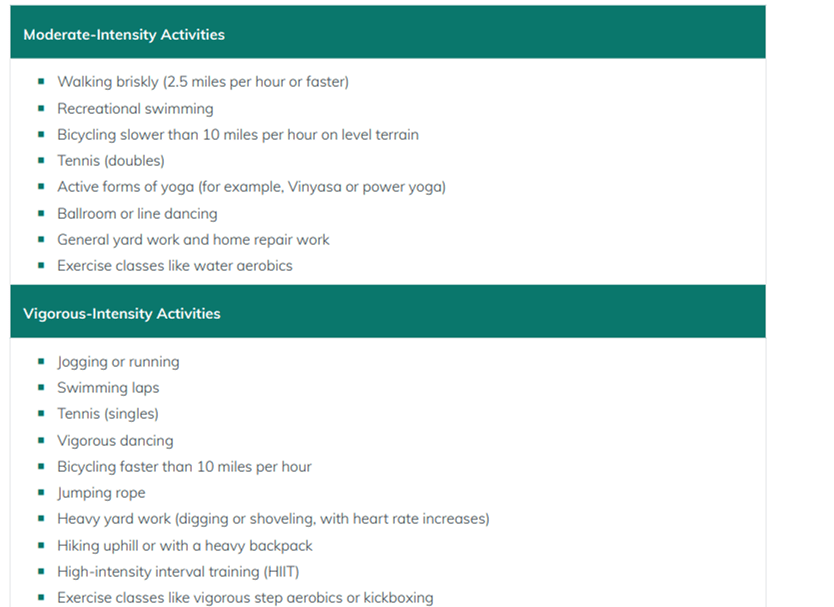Mindfulness meditation can have many mental health benefits.
For example, a review of 13 studies showed improvement in ADHD symptoms with mindfulness meditation (1).
41 trials show mindfulness meditation helped improve stress related outcomes such as anxiety, depression, stress, positive mood, etc. (2)
There are other studies showing benefits of mindfulness and meditation for mental health (3)
A recent study looked at the potential benefits on university students of engaging in just 5 minutes of mindfulness meditation at the beginning of a class (4).
What was the study design? (4)
- 133 Students engaged in 5 minutes of mindfulness meditation at the beginning of class upto 3 days per week (4).
- 13 faculty members teaching 19 different courses were trained to follow the mindfulness protocol and shared their course rosters with the researchers; they were also provided with support throughout the study (4).
- Class sizes ranged from 7 to 430 students (4).
- Pre- and post-test survey responses were collected from students taking courses from faculty who were trained to facilitate brief classroom-based mindfulness activities (4).
What were the results? (4)
- Due to the program, students reported a decrease in stress and improvement in well-being as measured by Perceived Stress Scale and WHO-5 Well being scale, respectively (4).
- 34% of students recounted the utility of mindfulness programming as most relevant in times of stress both inside and beyond class, and as useful when trying to “not become overwhelmed” and for recognizing when they needed “to take a minute to breathe.” (4)
- 47% of students reported improved stress management outside of class (4).
What are some caveats?
- This is a small study at 1 university and further study is needed to verify the effectiveness of a classroom based mindfulness program.
- There are many mindfulness and mediation resources available that students can consider before or after class.
- Not everyone might find mindfulness based programs beneficial; which could limit usability in the classroom.
- Further study is needed before applying any 1 such program systematically on a large scale.
- Brief classroom based wellness activities have the potential to benefit mental health. Students might be more motivated to explore such wellness activities further after learning about them in the classroom.
- This study highlights the potential benefits of brief mindfulness activities on mental health even if it’s not every day.
What are some helpful resources for mindfulness and meditation?
- Some students may find Apps like Virtual Hope Box (free), Headspace or Calm helpful to learn and practice meditation.
- Online Mindfulness practices through OSU Wexner medical center
- OSU SMART Labfor stress management skills.
- OSU Student Life Counseling and Consultation Service
- OSU Student Wellness Centerfor wellness coaching and related services.
- National Institutes of Health’s page on Meditation
If you would like to be notified of a new post (usually once per month), please enter your email above.
Disclaimer: This article is intended to be informative only. It is advised that you check with your own physician/mental health provider before implementing any changes. With this article, the author is not rendering medical advice, nor diagnosing, prescribing, or treating any condition, or injury; and therefore claims no responsibility to any person or entity for any liability, loss, or injury caused directly or indirectly as a result of the use, application, or interpretation of the material presented.
References:
- Poissant, H., Mendrek, A., Talbot, N., Khoury, B., & Nolan, J. (2019). Behavioral and Cognitive Impacts of Mindfulness-Based Interventions on Adults with Attention-Deficit Hyperactivity Disorder: A Systematic Review. Behavioural neurology, 2019, 5682050. doi:10.1155/2019/5682050
- Goyal M, Singh S, Sibinga EMS, et al. Meditation Programs for Psychological Stress and Well-Being [Internet]. Rockville (MD): Agency for Healthcare Research and Quality (US); 2014 Jan. (Comparative Effectiveness Reviews, No. 124.)Available from: https://www.ncbi.nlm.nih.gov/books/NBK180102/
- Patel R. Mental Health For College Students https://a.co/d/iXhbkAj
- JesseHonsky , Marjorie N. Edguer , Elizabeth R. Click , Suzanne Rusnak , Barbara Burgess Van Aken , Matthew A. Salerno & Kristen A. Berg (2023) Mindfulness matters in the classroom: A pilot study of a university-wide classroom-based brief mindfulness program, Journal of American College Health, DOI: 1080/07448481.2023.2237596
